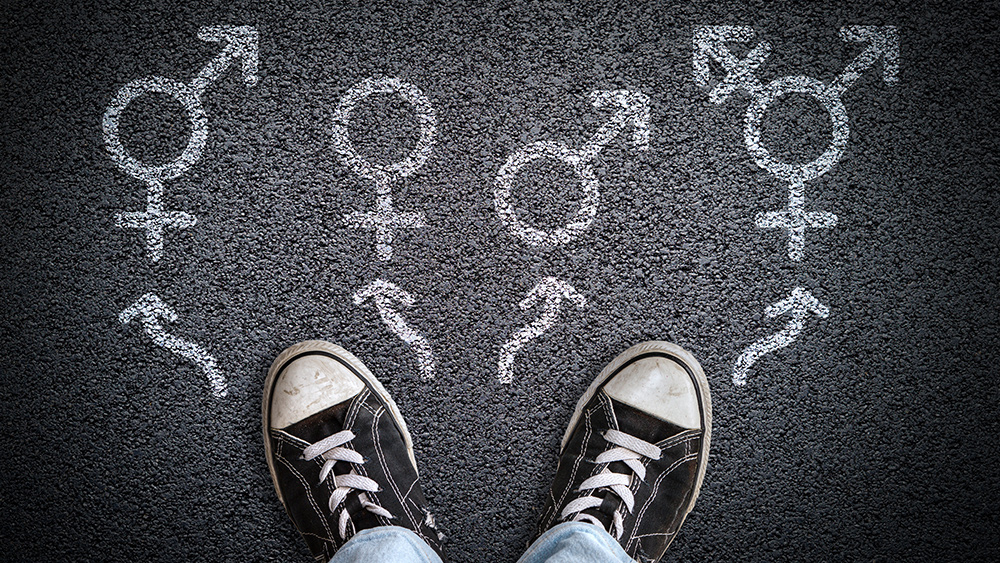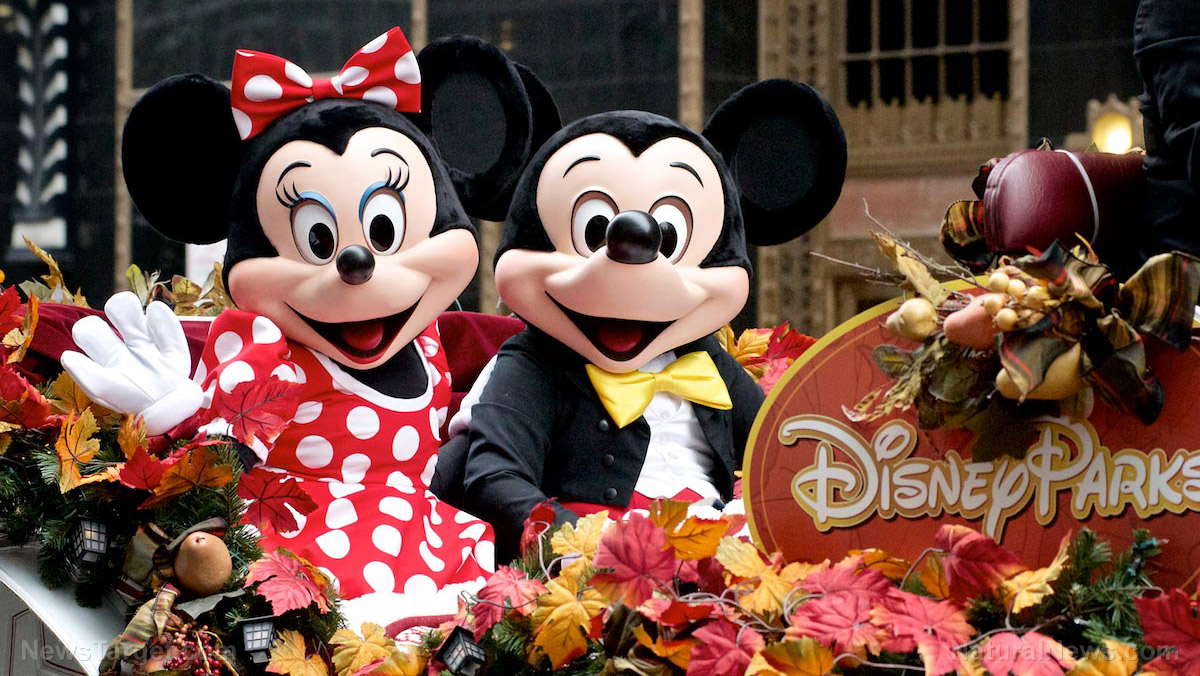
Advertisement
By now, almost everyone knows what Edward Snowden did. He leaked top-secret documents revealing that the National Security Agency was spying on hundreds of millions of people across the world, collecting the phone calls and emails of virtually everyone on Earth who used a mobile phone or the internet. When this newspaper began publishing the NSA documents in June 2013, it ignited a fierce political debate that continues to this day – about government surveillance, but also about the morality, legality and civic value of whistleblowing.
(Article by Mark Hertsgaard, republished from //www.theguardian.com/us-news/2016/may/22/how-pentagon-punished-nsa-whistleblowers)
But if you want to know why Snowden did it, and the way he did it, you have to know the stories of two other men.
The first is Thomas Drake, who blew the whistle on the very same NSA activities 10 years before Snowden did. Drake was a much higher-ranking NSA official than Snowden, and he obeyed US whistleblower laws, raising his concerns through official channels. And he got crushed.
Drake was fired, arrested at dawn by gun-wielding FBI agents, stripped of his security clearance, charged with crimes that could have sent him to prison for the rest of his life, and all but ruined financially and professionally. The only job he could find afterwards was working in an Apple store in suburban Washington, where he remains today. Adding insult to injury, his warnings about the dangers of the NSA’s surveillance programme were largely ignored.
“The government spent many years trying to break me, and the more I resisted, the nastier they got,” Drake told me.

Drake’s story has since been told – and in fact, it had a profound impact on Snowden, who told an interviewer in 2015 that: “It’s fair to say that if there hadn’t been a Thomas Drake, there wouldn’t have been an Edward Snowden.”
But there is another man whose story has never been told before, who is speaking out publicly for the first time here. His name is John Crane, and he was a senior official in the Department of Defense who fought to provide fair treatment for whistleblowers such as Thomas Drake – until Crane himself was forced out of his job and became a whistleblower as well.
His testimony reveals a crucial new chapter in the Snowden story – and Crane’s failed battle to protect earlier whistleblowers should now make it very clear that Snowden had good reasons to go public with his revelations.
Crane, a solidly built Virginia resident with flecks of grey in a neatly trimmed chinstrap beard, understood Snowden’s decision to break the rules – but lamented it. “Someone like Snowden should not have felt the need to harm himself just to do the right thing,” he told me.
Crane’s testimony is not simply a clue to Snowden’s motivations and methods: if his allegations are confirmed in court, they could put current and former senior Pentagon officials in jail. (Official investigations are quietly under way.)
But Crane’s account has even larger ramifications: it repudiates the position on Snowden taken by Barack Obama and Hillary Clinton – who both maintain that Snowden should have raised his concerns through official channels because US whistleblower law would have protected him.
By the time Snowden went public in 2013, Crane had spent years fighting a losing battle inside the Pentagon to provide whistleblowers the legal protections to which they were entitled. He took his responsibilities so seriously, and clashed with his superiors so often, that he carried copies of the Whistleblower Protection Act of 1989 and the US constitution in his breast pocket and pulled them out during office conflicts.
Crane’s attorneys at GAP – who were used to working with all types of government and corporate whistleblowers – were baffled by him: in their experience, most senior government officials cared little for whistleblowers’ rights. So what motivated Crane to keep fighting for the rights of whistleblowers inside the Pentagon, even as his superiors grew increasingly hostile and eventually forced him to resign?
To hear Crane tell it, the courage to stand up and fight runs in his family. He never forgot the story he heard as a child, about his own grandfather, a German army officer who once faced down Adolf Hitler at gunpoint – on the night the future Fuhrer first tried to take over Germany.
former press aide to Republican members of Congress, John Crane was hired by the Inspector General’s office of the Department of Defense in 1988. Within US government agencies, an inspector general serves as a kind of judge and police chief. The IG, as the inspector general is known, is charged with making sure a given agency is operating according to the law – obeying rules and regulations, spending money as authorised by Congress. “In the IG’s office, we were the guys with the white hats,” Crane said.
By 2004 Crane had been promoted to assistant inspector general. At the age of 48, his responsibilities included supervising the whistleblower unit at the Department of Defense, as well as handling all whistleblower allegations arising from the department’s two million employees (by far the largest workforce in the US government), in some cases including allegations originating in the NSA and other intelligence agencies.

Thomas Drake, NSA whistleblower, in a still from the Robert Greenwald documentary War on Whistleblowers. Photograph: Robert Greenwald for the Guardian
By this time, Thomas Drake had proceeded well down the path that would eventually connect him with Crane. Drake’s first day as a fully fledged employee of the National Security Agency was 11 September 2001. Although the NSA would balloon in size and budget as the US responded to the September 11 attacks, the agency already ranked as the largest, most lavishly funded spy organisation on Earth. Created in 1952, the NSA was the government’s code-breaker and all-hearing global “ear”. The NSA intercepted the communications of foreign governments and individuals and translated this raw intelligence into information usable by the CIA, the FBI and kindred government agencies.
Drake, a father of five, had worked for the NSA for 12 years as a private-sector contractor. Now, as a staff member proper, he reported directly to the NSA’s third highest ranking official, Maureen Baginski; she headed the NSA’s largest division, the Signals Intelligence Directorate, which was responsible for the interception of phone calls and other communications.
Tall, sombre, intense, Drake was a championship chess player in high school whose gift for mathematics, computers and languages made him a natural for foreign eavesdropping and the cryptographic and linguistic skills it required. During the cold war, he worked for air force intelligence, monitoring the communications of East Germany’s infamous secret police, the Stasi.
Within weeks of the September 11 attacks, Drake was assigned to prepare the NSA’s postmortem on the disaster. Congress, the news media and the public were demanding answers: what had gone wrong at the NSA and other federal agencies to allow Osama bin Laden’s operatives to conduct such a devastating attack?
As Drake interviewed NSA colleagues and scoured the agency’s records, he came across information that horrified him. It appeared that the NSA – even before September 11 – had secretly revised its scope of operations to expand its powers.
Since its inception, the NSA had been strictly forbidden from eavesdropping on domestic communications. Drake’s investigation persuaded him that the NSA was now violating this restriction by collecting information on communications within as well as outside of the United States. And it was doing so without obtaining legally required court orders.
A straight arrow since high school – he once gave the police the names of classmates he suspected of selling pot – Drake told me he felt compelled to act. “I took an oath to uphold and defend the constitution against all enemies foreign and domestic,” he explained.
To Drake, the President’s Surveillance Program, as it was known inside the George W Bush administration, recalled the mindset of the Stasi. “You don’t spend year after year listening to a police state without being affected, you just don’t,” he told me. “I remember saying to myself, ‘Wow, I don’t want this to happen in our country!’ How could you live in a society where you always have to be looking over your shoulders, not knowing who you could trust, even in your own family?”
Drake’s descent into a nightmare of persecution at the hands of his own government began innocently. Having uncovered evidence of apparently illegal behaviour, he did what his military training and US whistleblower law instructed: he reported the information up the chain of command. Beginning in early 2002, he shared his concerns first with a small number of high-ranking NSA officials, then with the appropriate members of Congress and staff at the oversight committees of the US Senate and House of Representatives.
Drake spent countless hours in these sessions but eventually came to the conclusion that no one in a position of authority wanted to hear what he was saying. When he told his boss, Baginski, that the NSA’s expanded surveillance following 9/11 seemed legally dubious, she reportedly told him to drop the issue: the White House had ruled otherwise.
John Crane first heard about Thomas Drake when Crane and his colleagues at the Pentagon’s Office of the Inspector General received a whistleblower complaint in September 2002. The complaint alleged that the NSA was backing an approach to electronic surveillance that was both financially and constitutionally irresponsible. The complaint was signed by three former NSA officials, William Binney, Kirk Wiebe and Edward Loomis, and a former senior Congressional staffer, Diane Roark. Drake also endorsed the complaint – but because he, unlike the other four, had not yet retired from government service, he asked that his name be kept anonymous, even in a document that was supposed to be treated confidentially within the government.
Binney, Wiebe, Loomis and Roark shared Drake’s concerns about the constitutional implications of warrantless mass surveillance, but their complaint focused on two other issues.
The first was financial. The whistleblowers contended that the NSA’s surveillance programme, codenamed Trailblazer, was a shameful waste of $3.8 billion – it had been more effective at channelling taxpayer dollars to corporate contractors than at protecting the homeland.
Second, the whistleblowers warned that Trailblazer actually made the US less secure. They acknowledged that Trailblazer had vastly expanded the amount of electronic communications NSA collected. But this avalanche of raw data was too much – it left NSA’s analysts struggling to distinguish the vital from the trivial and thus liable to miss key clues.
Drake had discovered a shocking example while researching his postmortem report on the September 11 attacks. Months beforehand, the NSA had come into possession of a telephone number in San Diego that was used by two of the hijackers who later crashed planes into the World Trade Center. But the NSA did not act on this finding.
As Drake later told the NSA expert James Bamford, the NSA intercepted seven phone calls between this San Diego phone number and an al-Qaida “safe house” in Yemen. Drake found a record of the seven calls buried in an NSA database.
US officials had long known that the Yemen safe house was the operational hub through which Bin Laden, from a cave in Afghanistan, ordered attacks. Seven phone calls to such a hub from the same phone number was obviously suspicious. Yet the NSA took no action – the information had apparently been overlooked.
The NSA whistleblowers first sent their complaint to the inspector general of the NSA, who ruled against them. So they went up the bureaucratic ladder, filing the complaint with the Department of Defense inspector general. There, Crane and his staff “substantially affirmed” the complaint – in other words, their own investigation concluded that the NSA whistleblowers’ charges were probably on target.
In the course of their investigation, Crane and his colleagues in the inspector general’s office also affirmed the whistleblowers’ allegation that the Bush administration’s surveillance programme violated the fourth amendment of the US constitution by collecting Americans’ phone and internet communications without a warrant. “We were concerned about these constitutional issues even before we investigated their complaint,” Crane told me. “We had received other whistleblower filings that flagged the issue.”
In line with standard procedure, these investigative findings were relayed to the House and Senate committees overseeing the NSA – and this helped nudge Congress to end funding for the Trailblazer programme. But for the NSA whistleblowers, this apparent victory was the beginning of a dark saga that would change their lives for ever.
Read more at: //www.theguardian.com/us-news/2016/may/22/how-pentagon-punished-nsa-whistleblowers
Submit a correction >>
This article may contain statements that reflect the opinion of the author
Advertisement
Advertisements















